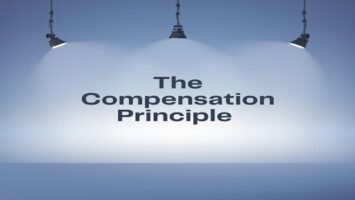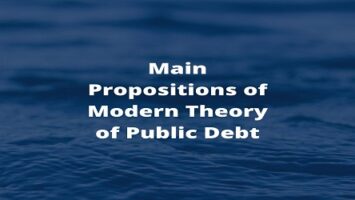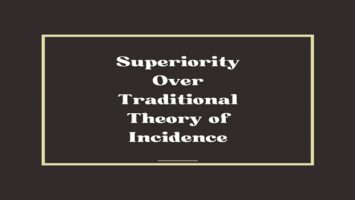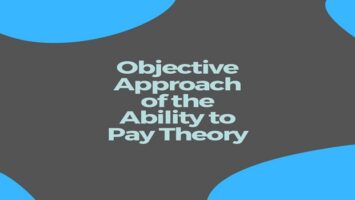Cohn and Plehn Classification of Public Expenditure:
Cohn and Plehn have classified public expenditure on the basis of benefit into four classes:
(1) Public expenditure benefiting the entire community- Expenditure that confers a common benefit on the entire community, can be placed in this class, for example, defense, general administration, education, etc. This is considered the most important class.
(2) Public expenditure benefitting certain people- Expenditure that confers a special benefit, on certain people, but which can not be treated as a common benefit, can be placed in the class for example- poor relief.
(3) Public expenditure benefitting certain people and the entire community as well- Expenditure that confers a special benefit on certain persons and at the same time confers a common benefit on the remainder can be placed in this class, for example, the administration of justice.
(4) Expenditure that benefits particular groups- Expenditure that confers only a special benefit on an individual can be placed in this class, for example, a subsidy granted to a particular industry is one of the expenditures of such type.
All public expenditure may be said to be in the Public interest, but it is very difficult to assign it to the various heads of expenditure out of these four categories. For example, it is difficult to eliminate the elements of special advantage even in the case of the class (I) As some of us derive larger utility from expenditure on defense or on law and order than others. Examples in history are not uncommon when wars have been fought in defense of particular places or classes or even individuals and hence it is difficult to place all expenditure on defense in the first category, (II) Poor relief is ostensibly for the benefit of the particular individuals concerned and has been placed in the second category, (III) But as a matter of public policy, it confers common benefits in the prevention of crime and in the satisfaction of the sense of justice or of charity. Similarly, free education manifestly confers special benefits both on the particular children and their particular parents, but Prof. Plehn has placed it in the first category (a) In fact it seems as if the class (b) embraced the other three because all kinds of public expenditure confer a common benefit as well as a special benefit on individuals or classes or localities in one way or the other. Finally, as regard class, (c) which is said to confer only a special benefit on individuals, it may be said that the final cause of all progress in public expenditure has been the abolition of this class. Moreover, public expenditure, which does not confer some common benefit or answer some public purpose, ought not to exist in the modern state. Obviously, this classification is overlapping and, therefore, it is not satisfactory.









Comments (No)